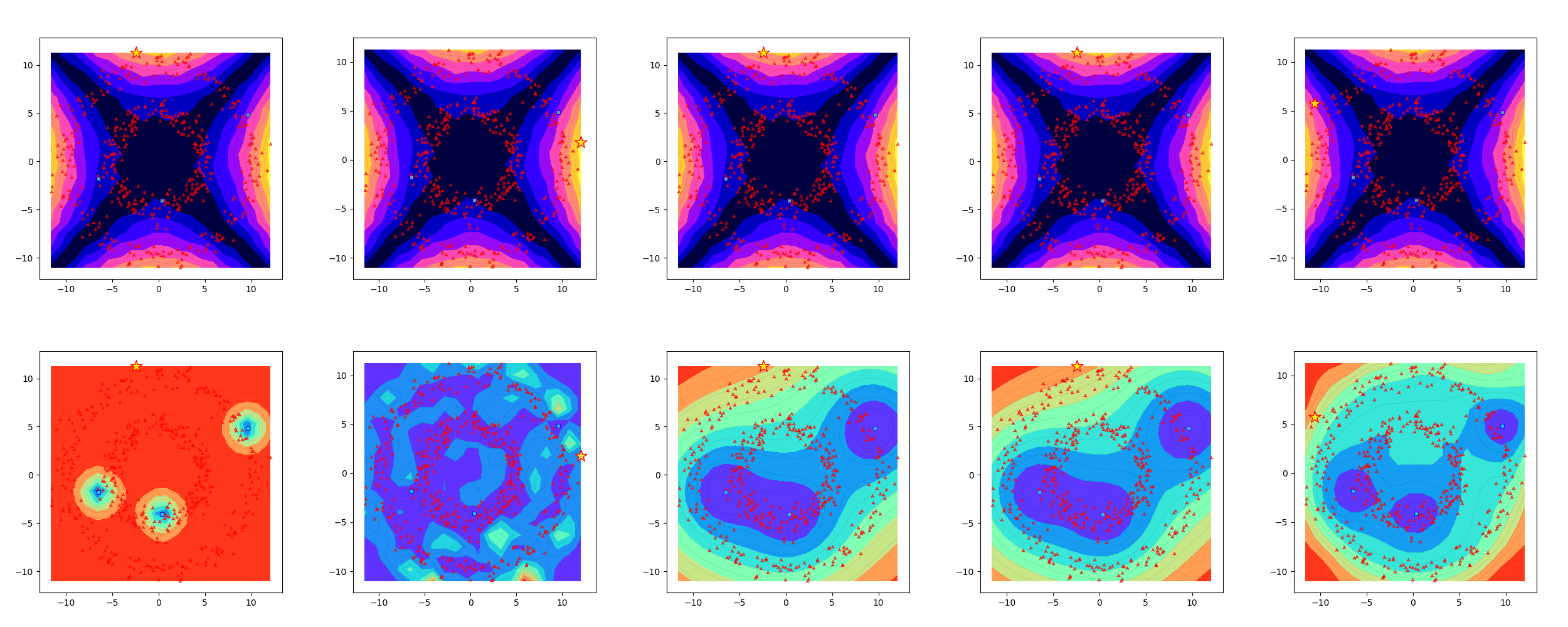Research Thrust I: Harnessing Graph Neural Networks with State-of-the-Art Concepts for Characterization and Management of Multi-Morbidity
Traditional healthcare analytics often struggle to capture the complex relationships between patients and their chronic conditions. This research thrust investigates Graph Neural Networks (GNNs) as a novel approach to address this challenge, incorporating cutting-edge advancements in the field. Our approach leverages the inherent structure of healthcare data represented as a graph, where nodes represent patients and diseases, and edges capture their relationships. By incorporating this structural information, GNNs effectively learn latent representations of patients, capturing the influence of their co-existing conditions on future health outcomes. We specifically exploit state-of-the-art concepts such as:
-
Attention mechanisms: These mechanisms allow the model to focus on the most relevant relationships between patients and their co-existing conditions, leading to more accurate predictions.
-
Temporal GNNs: We explore modeling the dynamic nature of chronic diseases by incorporating temporal information into the graph structure, enabling predictions that evolve.
-
Explainable AI techniques: We integrate interpretability methods to understand how the network structure and patient interactions contribute to disease development, supporting informed clinical decisions.
Key contributions:
-
Improved predictive performance: Our research demonstrates significant advancements in accuracy and robustness compared to traditional methods for predicting multiple chronic conditions.
-
Enhanced interpretability: GNNs provide valuable insights into how the network structure and patient interactions influence disease development, aiding in clinical decision-making.
-
Pioneering application: This research establishes a strong foundation for utilizing GNNs in healthcare analytics, paving the way for further exploration of their potential in extracting meaningful knowledge from complex medical datasets.
Overall, this research thrust holds significant promise for revolutionizing predictive modeling in chronic disease management, ultimately contributing to improved patient care and healthcare outcomes.

Research Thrust II: Sample Efficient Learning and Optimization of Complex Systems
Estimating response surfaces in complex systems often involves evaluating numerous factors through expensive experiments. Traditional approaches require testing all possible factor combinations, which can be prohibitively expensive for complex systems with many factors. This research thrust investigates active learning methodologies combined with state-of-the-art Shallow and Deep Gaussian Processes to minimize the number of experiments required for accurate estimation, reducing the overall cost.
Key Contribution:
-
Novel Feature Extraction: Shifting from using manifold information as a regularizer to leveraging it as data-driven features for covariance functions. This avoids computationally expensive matrix inversions associated with Laplacian regularization methods.Adaptive Feature Extraction: Incorporates an analytical formulation for parameter initialization, enabling efficient feature extraction during the optimization process.
-
Adaptive Feature Extraction: Incorporates an analytical formulation for parameter initialization, enabling efficient feature extraction during the optimization process.
-
Gradient-Directed Bilateral Kernels: Developing a novel graph Laplacian framework based on the information of both input and output for improved similarity and manifold learning.
-
This research thrust holds significant promise for optimizing expensive tests in various domains, enabling efficient and cost-effective analysis of complex systems.

GP
SLRD
Kriging
KBAR, Variant 1
KBAR, Variant 2